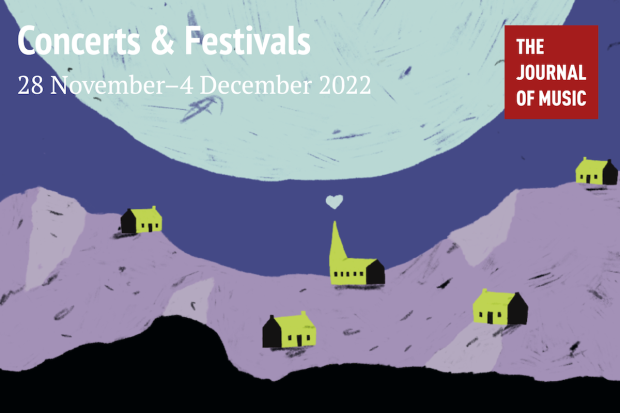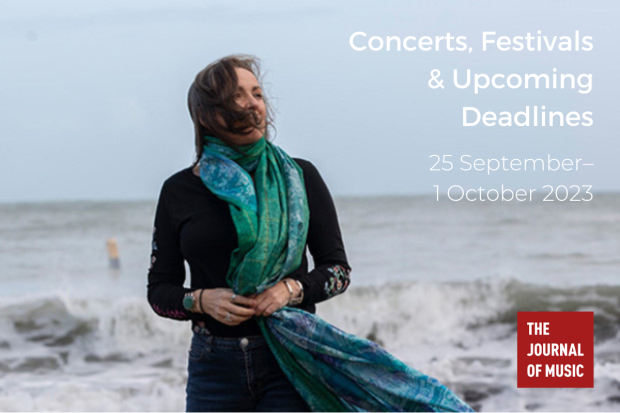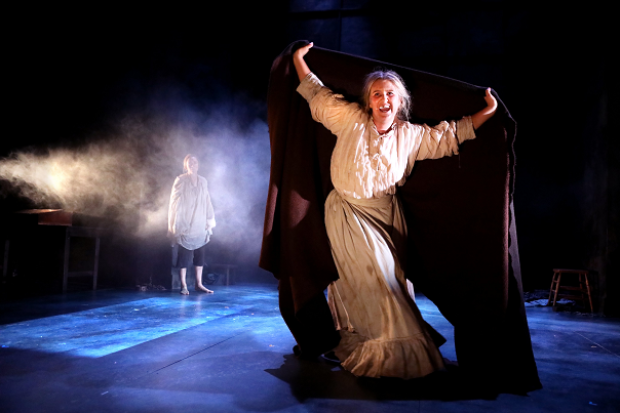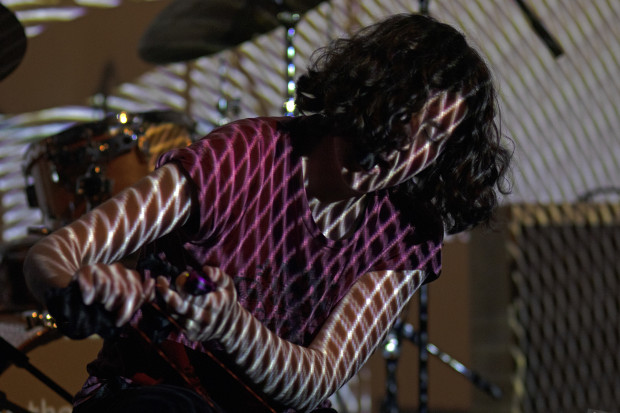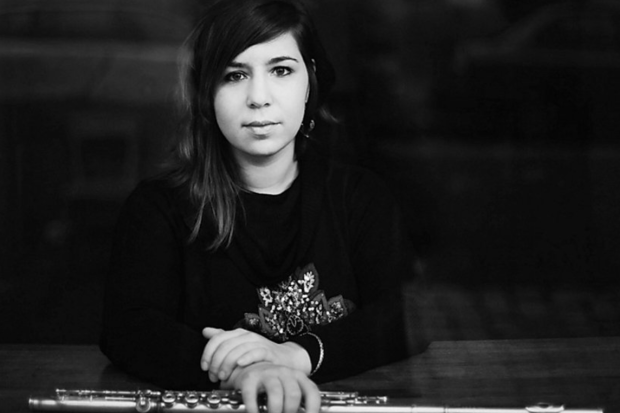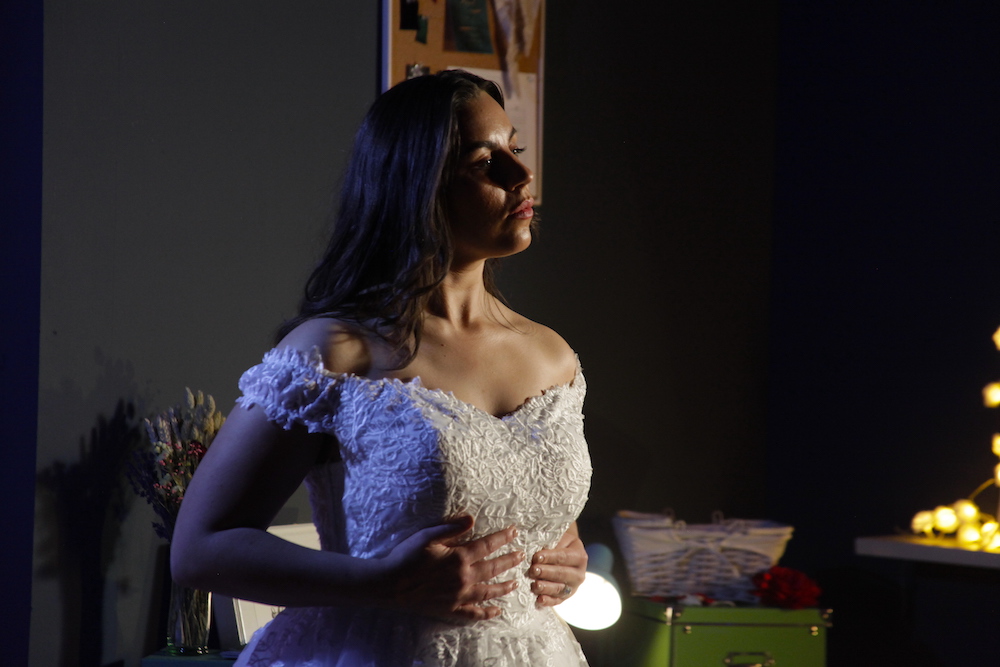
Rachel Goode as Jean in 'A Thing I Cannot Name' (Photo: Jeda de Brí)
The Retelling of Female Desire
A Thing I Cannot Name is a short opera production by Amanda Feery (composer) and Megan Nolan (librettist), commissioned and performed by Irish National Opera, with a film directed by Aoife Spillane-Hinks. It captures a moment in the lives of three women as they tell of their intense desires: Rebecca, played by Kelli-Ann Masterson, and her love for an unfeeling older woman; Jean, played by Rachel Goode, and her obsession with her partner’s ex; and Catherine, played by Aebh Kelly, and her desire for a child.
The work was premiered online as part of the West Cork Literary Festival in July, with a pre-event discussion where both composer and librettist talked about the disregard for female desire – at least that not centred on a male character – in historical opera, and how they toyed with its forms. Certainly, the piece they created feels almost shockingly new. The work is operatic, but it is something of a complete reversal of a traditional opera, similar to INO’s 20 Shots of Opera series. While it is consistently the voice that drives the narrative, instead of individual songs, recitative, arias, we have a single piece, seamlessly integrating three musical and narrative moments. It is dramatic, but in place of a complex story we have a single fleeting moment – well, in reality, three fleeting moments, but expressed simultaneously, occasionally meeting. It contains wild emotions, but instead of an outward pouring we have something intensely inward, a momentary giving-in to a passionate pulse of feeling.
The most striking characteristic of both Nolan and Feery’s writing (which they alluded to in their opening discussion as a deliberate choice) is its directness. The text is simple but vivid, filled with strong imagery and small details that make each character real – ‘I was holding my own hand’ / ‘a superb sleight of hand’ / ‘that first low ache of you still out there in the world’. This is matched in Feery’s music. The influence of pop music is clear here, not just in the wavering synth underpinning the whole but in her vocal lines, in her sense of momentum and timing. The vocal writing eschews anything melismatic and focuses instead on expressive shapes and gestures, finding the natural emotional peaks and troughs. This writing was given real life by the conviction of the three performers, who seemed almost to think, not just sing the words.
Breathing in and out
This emotion was supported by instrumental writing that shifted and changed, from piano and strings to a harsh electric guitar, to an almost playful flute, but always seemed to keep the voice in focus. The work seems to audibly breathe in and out with these three women: a full gasp inwards, a moment of holding with a synth drone or string hum, an explosive outward flurry of strings. We feel ourselves moving with them, as their breath rises and falls and emotions pulse. The intensity builds and is sustained, until finally it breaks, and we feel exhausted with them.
This sense of breathing is enhanced by the video direction of Spillane-Hinks. It opens with extreme close-ups of the three singers’ mouths as they sing the opening lines (‘my eyes burning, bloody, bruised and bright’), establishing a mood and intensity that would be impossible on a stage. We read these women’s lives and emotions through every micro movement, every facial expression, making it hard to imagine a ‘live’, staged imagining of this work.
While A Thing I Cannot Name is an expression of female desire, after watching, it was silence that occupied my thoughts. There is an undercurrent throughout of a fear or distrust of silence – perhaps even a deliberate echo of a breaking of the traditional absence of the variety and depth of women’s desires in historical opera (the closing line ‘shatter the silence for good’ seems far from accidental). This fear is probably most obvious in Catherine’s story, as she wishes to fill the empty space with a child – ‘how the silence would be rich then’ – but silence preys on the minds of each character, acting on their fears and intensifying them. Jean talks of her partner’s ‘silence’ making her more aware of his ex-lover’s presence. Rebecca dreads the silence of an unrequited declaration of love, a ‘perfect calm, and total silence of your response’. This fear seems echoed in Feery’s never-resting music, where even a sustained note or drone continually wavers and drifts.
A Thing I Cannot Name is subdued, sad, affecting, its ending imbued with the emptiness following an extreme outpouring of emotion. It may be but a moment, but it lingers for days.
Published on 5 August 2021
Anna Murray is a composer and writer. Her website is www.annamurraymusic.com.











